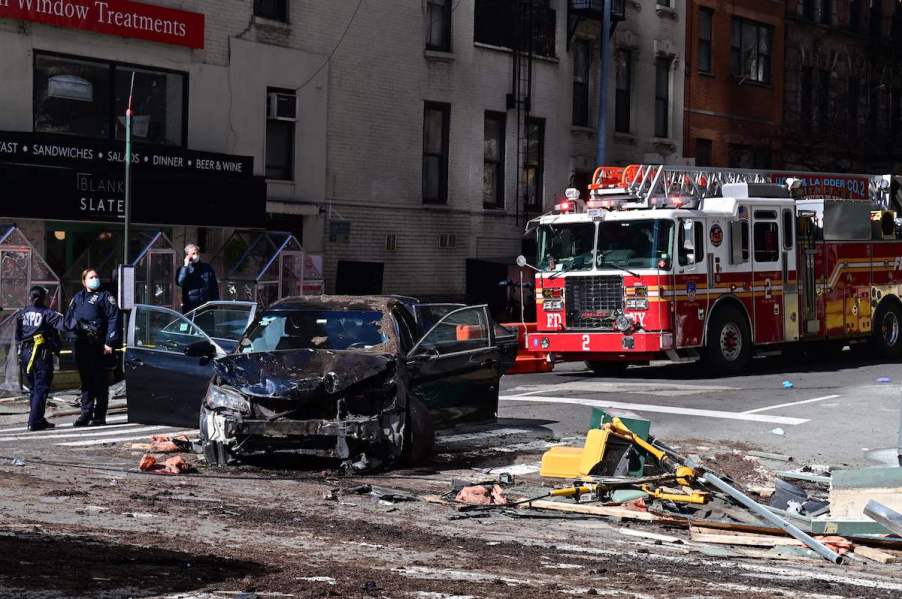
Why 2021 Was the Deadliest Year for Car Crashes Since Seat Belt Use Became Law
Car accidents are arguably the worst thing that could happen while driving. And every year, tens of thousands of people die in vehicle collisions in the United States. Despite improved infrastructure and safer automobiles, the number of deadly car crashes spiked in 2021. Here are the reasons why that year was the deadliest since seat belt laws took effect.
Why did 2021 have so many deadly car crashes?

According to 24/7 Wall St, 2021 was one of the deadliest years for automobile fatalities. That year, 42,915 people died from car crashes. That’s a 10.5% increase over the previous year. 2021 was the deadliest year in terms of vehicle fatalities since 2005, and it’s not that far from the huge number of deaths that happened before seat belt use became mandatory.
According to NBC News, a spike in reckless driving likely caused the increased fatalities. At the beginning of the COVID-19 pandemic, fewer cars were on the road. That could’ve caused motorists to drive faster. In addition, after the pandemic began, the police didn’t enforce traffic laws as much as they had been, which could’ve encouraged drivers to behave recklessly.
On top of that, one of the common forms of reckless driving was not wearing seat belts. Plus, a significant number of older people avoided driving, and younger motorists are typically more reckless. Because of those factors, it’s no surprise car fatalities hit such highs in 2021.
But fatal car crashes have declined in the past few decades
It’s also not surprising that one of the main reasons why cars have gotten safer over the years is because of seat belt laws. Those regulations required automakers to install seat belts and for drivers and passengers to buckle up. In addition, thanks to government efforts and campaigning, increasing numbers of Americans were willing to buckle up every year.
The authorities also enforced those laws, which helped ensure more people buckled up. By 2005, 17,000 people survived because they wore seat belts. And 2019, the fatality rate among licensed drivers dropped to 15 deaths per 100,000 — a steep decline from 45 deaths per 100,000 in the 1960s. So in 2021, when drivers didn’t buckle up as much, fatalities rose.
How to prevent fatal wrecks
There are many ways to make roads safer, and one of them is with technology. Most advanced safety features aren’t required but can save lives. The government can also improve infrastructure so drivers are less likely to engage in risky behavior. If the roads were narrower, drivers would be less likely to speed. Governments can also add safety features such as roundabouts, speed bumps, and traffic cameras.
The good news is that earlier this year, the U.S. Department of Transportation set up a $5 billion program to fund traffic safety improvements. Additionally, the police can enforce traffic laws as they did before the pandemic. That will make drivers less likely to engage in risky behavior and can put dangerous drivers behind bars.


